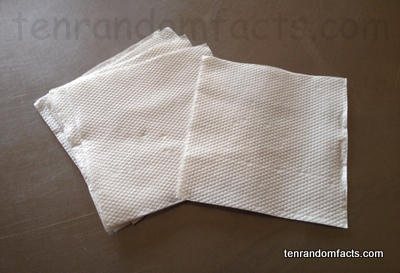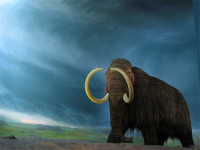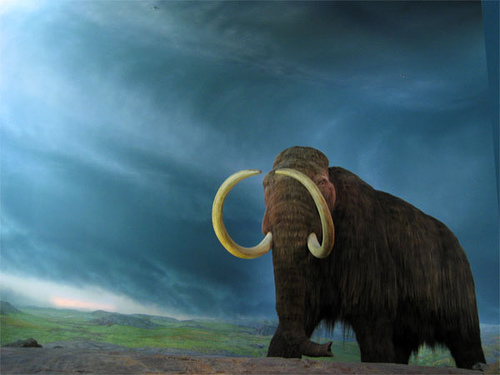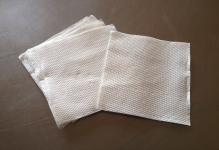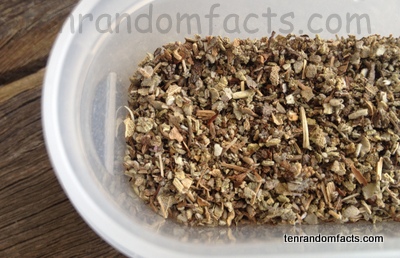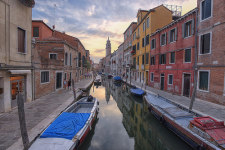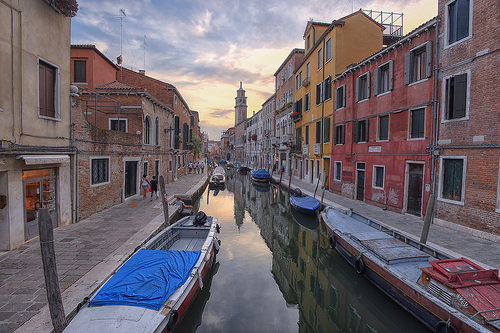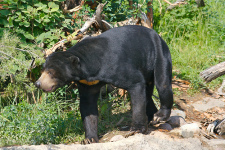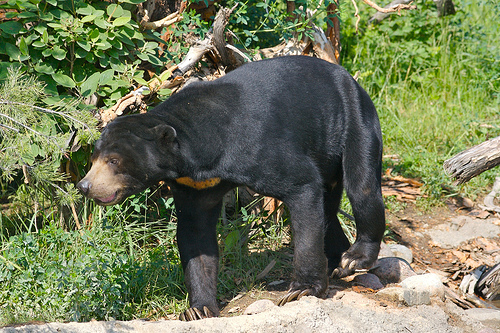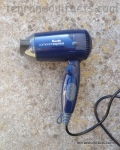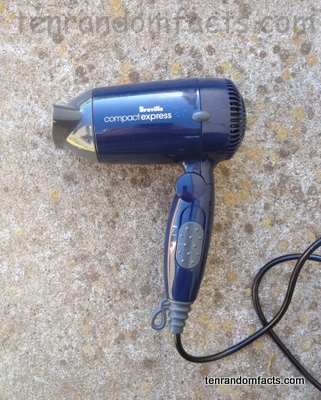How would you politely wipe your face without a napkin?
- Napkins are pieces of material used to politely remove food from one’s face and hands.
- ‘Napkins’ are also known as ‘face towels’ and ‘serviettes’, and are most commonly manufactured white, as the colour symbolises cleanliness and gives a fresh feel.
- Napkins are typically made from fabric, that can be washed and reused; or paper, that are usually disposed of after use.
- Napkins are often square or rectangular in shape; often patterned in design; and are commonly folded for aesthetic purposes.
- ‘Napkin’ derives from the word ‘nape’, the Old French word for a tablecloth or towel, that originally comes from the Latin word for map, ‘mappa’, and ‘kin’ is the word for ‘little’ in Middle English.
- For table settings, napkins are generally placed to the left of the fork on the table; in the middle of a plate; wrapped around cutlery; grouped together in a specially designed holder; or placed in a ring usually to the left of the fork.
- Early napkins are believed to have originated as slices of a type of bread, used by those from ancient Greece; ancient Chinese used paper; while ancient Romans are said to have used cloth, that eventually became popular by the 1500s.
- Napkins normally range in sizes of 13 by 13 centimetres (5 by 5 inches), up to 51 by 56 centimetres (20 by 22 inches).
- Napkins come in a variety of colours and patterns, can be customised with text and imagery, and are not always strictly a rectangular or square shape.
- Napkins are often folded into triangles, but also many other shapes, often utilising origami methods to create flowers. cranes and other designs, and paper ones are often purchased already folded in quarters.
Bibliography:
Napkin, 2014, Wikipedia, http://en.wikipedia.org/wiki/Napkin
Napkins, 2014, Napkin Folding Styles, http://www.napkinfoldingstyles.com/napkins/




